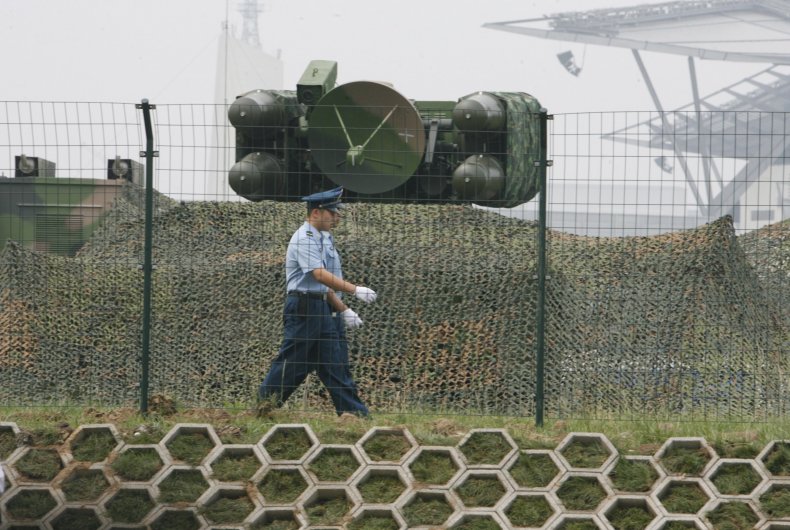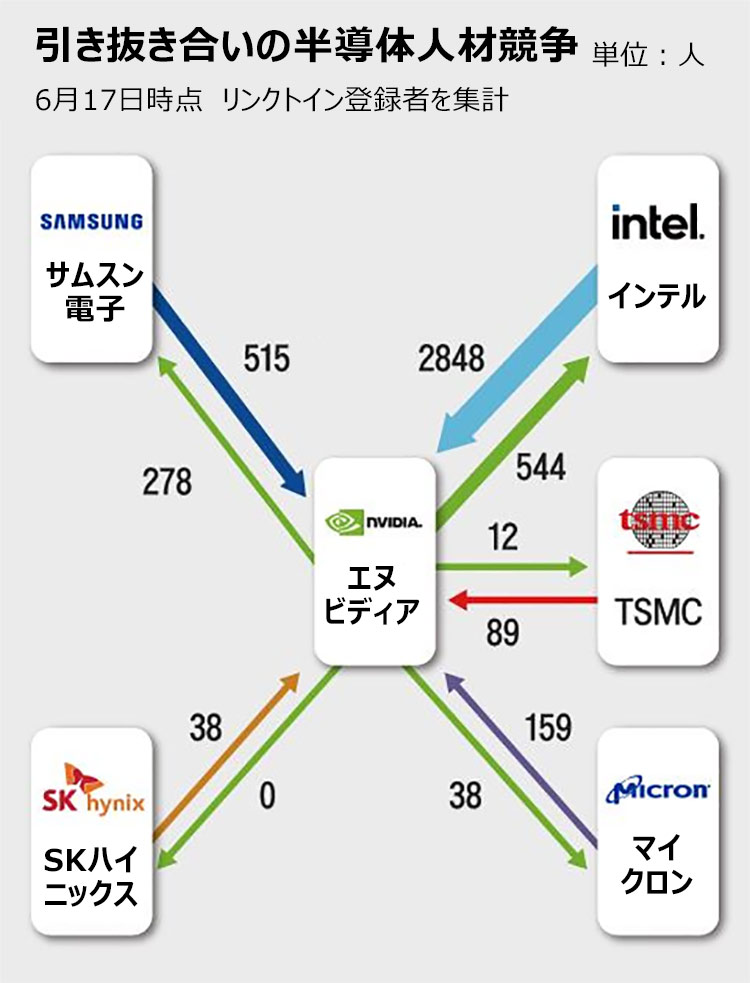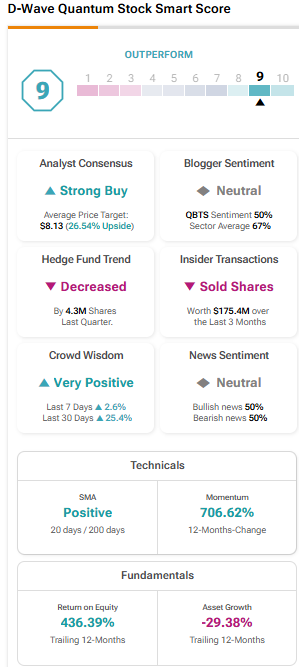The Controversial US Missile Launcher And The China Factor

Table of Contents
The Strategic Rationale Behind US Missile Launcher Deployments
The United States government justifies its deployment of these advanced missile defense systems based on several key strategic goals. These deployments are presented as crucial elements in maintaining regional security and deterring potential aggression. The stated aims include:
- Defense against potential ballistic missile attacks: The US argues that these missile launchers are necessary to defend against potential attacks from rogue states or non-state actors, bolstering its ballistic missile defense capabilities. This is particularly relevant given the growing sophistication of missile technology in the region.
- Deterrence of regional adversaries: The deployment is also framed as a deterrent against potential aggression from regional adversaries, signaling US resolve and commitment to its allies. The presence of these advanced systems aims to raise the cost of any potential conflict.
- Maintaining regional stability: By projecting military strength, the US aims to deter escalation and maintain a balance of power, thereby contributing to regional stability. This strategy assumes that a strong military presence discourages aggressive actions.
- Projection of US power: The deployment underscores the US’s commitment to its allies and its continued role as a major power in the Asia-Pacific region. This projection of power is intended to maintain influence and deter potential challenges to US interests.
These arguments are supported by numerous government statements and analyses from think tanks and experts specializing in international security and missile defense systems. The emphasis on bolstering ballistic missile defense and ensuring regional security is consistently highlighted.
China's Response and the Escalation of Tensions
China has responded to the US missile launcher deployments with a mixture of official condemnation, military posturing, and accelerated military modernization. Beijing views these deployments as a direct threat to its national security and a provocation that undermines regional stability. China's response includes:
- Increased military exercises and activity: China has significantly increased its military exercises and activities in the region, including naval drills and air force sorties, potentially testing US capabilities and demonstrating its own military might.
- Strengthening of its own missile capabilities: The US deployments have spurred China to accelerate its own missile development programs, focusing on anti-access/area denial (A2/AD) capabilities designed to counter US military presence. This represents an intensification of the arms race in the region.
- Diplomatic protests and criticism: China has lodged formal diplomatic protests and launched a sustained campaign of criticism against the US, accusing it of escalating tensions and undermining regional peace.
- Potential implications for regional arms races: The escalating actions of both countries significantly increase the risk of an uncontrolled arms race, further destabilizing the region and raising the potential for miscalculation and unintended conflict.
China's perspective centers on the belief that these deployments upset the regional power balance and represent a threat to its strategic interests. Concerns over the potential for US first-strike capabilities are often voiced by Chinese officials and analysts.
International Perspectives and the Global Implications
The deployment of US missile launchers has not been met with universal approval. Many countries and international organizations have expressed serious concerns about the potential for increased regional instability and the broader implications for global security. These include:
- Concerns from neighboring countries about increased regional instability: Several countries in the region have expressed concerns that the escalating tensions could lead to miscalculation and conflict, potentially spilling over into their territories.
- Statements from international bodies like the UN on arms control: International bodies like the UN have urged restraint and called for renewed dialogue on arms control and non-proliferation, highlighting the potential dangers of this situation.
- Potential for miscalculation and escalation: The increased military activity and heightened rhetoric significantly raise the risk of miscalculation, leading to an accidental escalation of tensions into armed conflict.
- Impact on global arms control treaties and agreements: The situation puts a strain on existing arms control treaties and agreements, potentially undermining decades of efforts to limit the proliferation of weapons and reduce the risk of global conflict.
This situation has broad global implications, impacting international relations and the broader global security architecture, underscoring the need for careful diplomatic engagement and de-escalation.
Analyzing the Economic and Technological Aspects
The development, deployment, and maintenance of these advanced missile launchers represent a substantial economic investment for the United States. The economic and technological ramifications are profound:
- R&D investment and technological advancements: Significant resources are channeled into research and development, leading to advancements in missile technology, sensor systems, and related technologies.
- Maintenance and operational expenses: The ongoing maintenance and operation of these complex systems represent a considerable long-term financial commitment for the US military.
- Economic impact on the US and other relevant countries: The economic impact extends beyond the direct costs, influencing budgets, employment in related industries, and international trade relations.
- Technological competition and innovation driven by this deployment: The deployment has spurred further technological innovation, not just in missile technology, but also in related fields like countermeasures and cybersecurity.
The resulting technological competition also has significant implications for military spending and defense budgets globally. This is a key driver of an ongoing arms race and technological innovation in the military sector.
Conclusion: The Future of the Controversial US Missile Launcher and the China Factor
The deployment of US missile launchers in the Asia-Pacific region, heavily influenced by the China factor, presents a complex and volatile geopolitical situation. The strategic rationale offered by the US, China’s forceful response, international concerns, and the significant economic and technological implications all contribute to a scenario fraught with potential for escalation. The future trajectory of this situation depends heavily on diplomatic efforts to de-escalate tensions, foster dialogue, and find common ground on regional security concerns.
Staying informed about developments related to the US missile launchers and the China factor is crucial. Understanding the nuances of this evolving geopolitical situation requires a careful consideration of all perspectives and a commitment to fostering informed public discourse. We encourage you to continue exploring this complex issue through further reading and engagement with credible sources on international relations, arms control, and Asian geopolitics.

Featured Posts
-
 O Baggelis Giakoymakis Mia Aneksixniasti Ypothesi Bullying Kai Thanatoy
May 20, 2025
O Baggelis Giakoymakis Mia Aneksixniasti Ypothesi Bullying Kai Thanatoy
May 20, 2025 -
 I Ypothesi Giakoymaki Basanismoi Bullying Kai I Tragiki Apoleia Enos Neoy
May 20, 2025
I Ypothesi Giakoymaki Basanismoi Bullying Kai I Tragiki Apoleia Enos Neoy
May 20, 2025 -
 Ai 82
May 20, 2025
Ai 82
May 20, 2025 -
 Exploring Nadiem Amiris Career At Mainz 05 And Beyond
May 20, 2025
Exploring Nadiem Amiris Career At Mainz 05 And Beyond
May 20, 2025 -
 Fridays D Wave Quantum Qbts Stock Rally A Detailed Look
May 20, 2025
Fridays D Wave Quantum Qbts Stock Rally A Detailed Look
May 20, 2025
